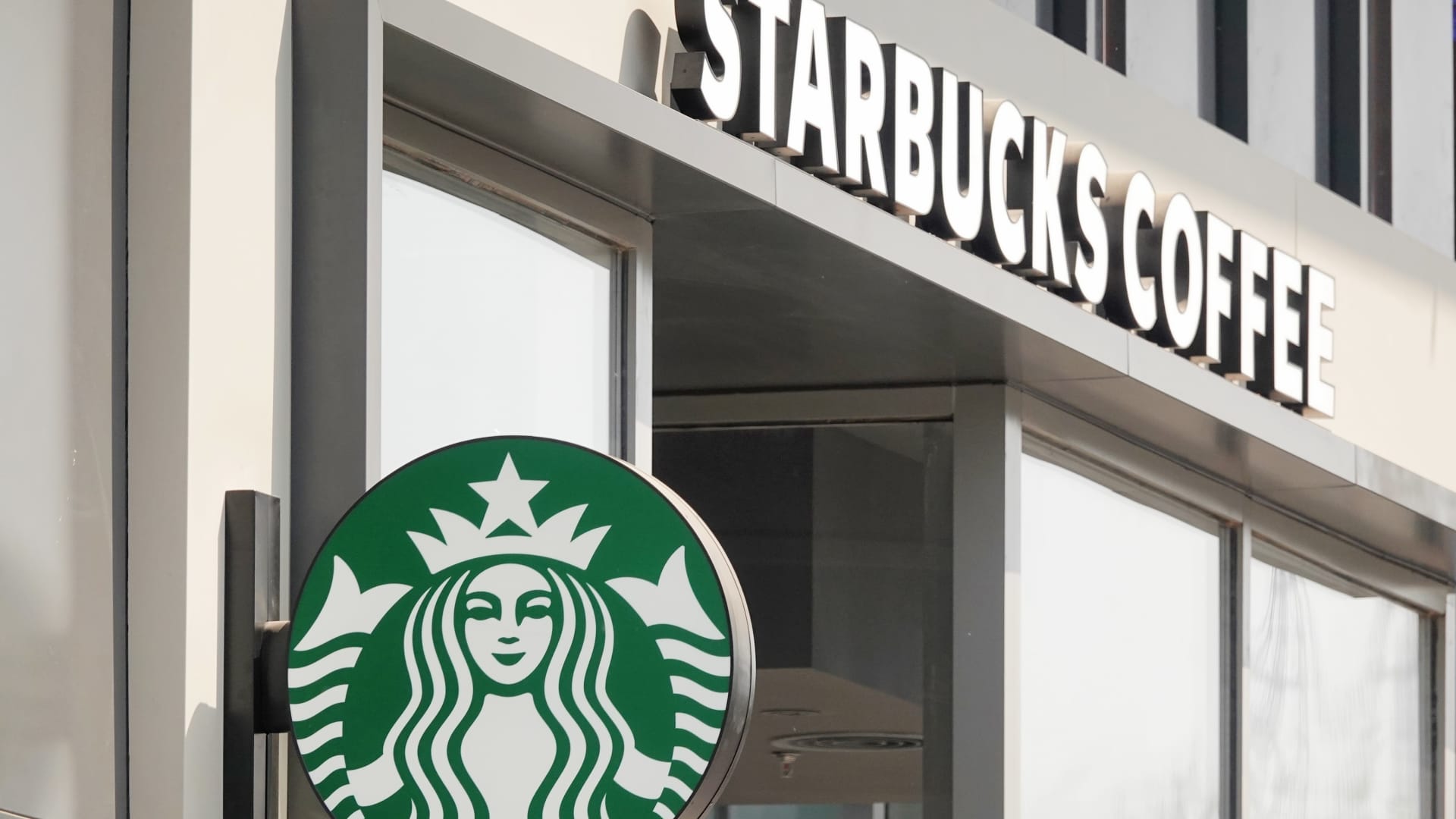Eric is the Founder and CEO of Alto Solutions, which provides investment access to alternative assets for all.
Diversification is one of the golden rules of investment management. By building a portfolio of different-performing assets, such as alternatives, investors are better able to reduce risk and generate stable, long-run returns.
For decades, the 60/40 portfolio of stocks and bonds represented the gold standard for diversification. Historically, investors could count on higher gains from stocks during market expansions while receiving safety and steady earnings from their bonds during downturns. However, that no longer seems to be the case.
A combination of global inflationary pressure plus central bank policies has created challenges not seen since the 1980s. One of these is that stock and bond prices now move in more similar directions and do not provide the same counterbalance.
In response, more investors and financial advisors are turning to alternative assets for this needed diversification. The 40/30/30 portfolio with 30% in alternative investments has emerged as a new model for portfolio construction.
The Rise Of The 40/30/30 Portfolio
The 40/30/30 portfolio takes diversification a step further. Rather than completely replacing publicly traded stocks and bonds with alternative assets, the strategy looks to include them as part of a balanced portfolio. The 40/30/30 portfolio recommends an allocation of 40% stocks, 30% bonds and 30% in alternative assets. The alternative portion should be spread over assets like private credit, infrastructure and real estate.
A recent study by KKR found that a 40/30/30 portfolio had a higher annual return than a 60/40 portfolio from 1927 to 2021, including in both high-inflation and low-inflation conditions. The 40/30/30 portfolio showed a reduced correlation to the performance of stock and bond markets. As a result, it delivered more diversification, greater resilience to downturns and better returns.
Considering that 2022 was the worst-performing year for a 60/40 portfolio in nearly a century, a growing appetite for a new investment approach that includes alternatives is thriving. It’s an opportunity for investors, provided they can access these assets.
Making Alternative Assets Accessible For All
Alternative assets like private credit, private equity, hedge funds and venture capital are not new. But most of the time, they have been a gated market reserved only for professional investors and high net worth individuals.
Less than a decade ago, investing in alternative funds was out of reach for all but the wealthiest, with minimum investments of $1 million or more. For example, hedge funds and private equity funds generally only accepted limited partners who were qualified participants and therefore already multimillionaires.
Today, alternative markets have evolved to become more welcoming and inclusive of a broader investor base. Fintech innovations such as online investment platforms, robo-advisors and crowdfunding make investing in alternatives possible without a high net worth or six-figure minimum investment.
The wealth management and brokerage industries also realize that alternative assets play a role in portfolios. There is a growing push to teach investors about these markets using digital educational materials and support from financial advisors.
Even investors with modest resources can increasingly tap into private markets, contribute to fast-growing startups and access new diversification strategies, including the 40/30/30 portfolio.
Alternative Assets Getting The Attention They Deserve
Over the past few years, there have been notable examples of alternative assets outperforming traditional markets. For example, private equity delivered excess returns of 4.3% per year over public equities from 1981 to 2021, according to data from KKR. Private credit similarly outperformed traditional fixed-income investments, which have notably struggled from post-pandemic interest rate hikes. This has fueled interest among institutions, asset managers and even regular retail investors.
Among investors with at least $10,000, 53% expect to increase their exposure to alternative assets this year. Young investors between the ages of 21 and 42 are leading the charge, as they have been let down with the 60/40 portfolio. In this age group, 75% of investors believe it’s impossible to achieve above-average returns using only stocks and bonds, versus 32% of investors over age 43, according to Bank of America.
All this new demand has pushed the size of alternative markets, and some project that it may reach more than $23 trillion by 2026.
Investors are looking for a fresh perspective on portfolio management, as the old methods are no longer as effective as they once were. While change has been slow, seeing the industry adopt and welcome new strategies, such as the 40/30/30 portfolio, is refreshing. Knowledge has a half-life, and alternative assets may represent the next step in our modern understanding of portfolio diversification.
The information provided here is not investment, tax or financial advice. You should consult with a licensed professional for advice concerning your specific situation.





